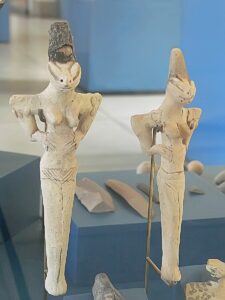The Mankunawabu Phenomenon: A Mysterious Enigma of Ancient Lore and Modern Sightings

Jakarta, Indonesia – A cryptic phenomenon known as “Mankunawabu” has been sparking intrigue across Southeast Asia, blending elements of ancient folklore with modern unexplained sightings. Stories of the Mankunawabu, an elusive entity described as both protector and harbinger, have been part of oral traditions for centuries. In recent years, new sightings and reports have brought this age-old mystery into contemporary focus.
Origins of the Mankunawabu Legend
The term “Mankunawabu” originates from local dialects in remote Indonesian and Malaysian villages, translating roughly to “the shadow watcher” or “guardian of the unseen.” Folklore describes the entity as a spectral being, often depicted as a tall, shadow-like figure with glowing eyes.
Traditionally, the Mankunawabu was seen as a guardian of sacred lands or natural sites, appearing to warn against environmental destruction or the desecration of spiritual places. In some tales, it served as a guide to lost travelers, while in others, it brought misfortune to those who ignored its warnings.
Modern Sightings and Reports
Since the early 2000s, reports of Mankunawabu sightings have surged, particularly in rural areas bordering dense forests or high-altitude regions. Witnesses describe encountering a shadowy figure that vanishes without a trace, often accompanied by an eerie silence or sudden changes in temperature.
In one notable case in 2021, a group of hikers in Sumatra claimed to have seen the Mankunawabu near a sacred waterfall. “It stood at the edge of the cliff, watching us,” said one witness. “When we approached, it disappeared, but the air around us felt electrified.”
Similar encounters have been reported in Borneo and Kalimantan, with some attributing strange animal behaviors and crop failures to the presence of the Mankunawabu.
Scientific Perspectives and Cultural Significance
While skeptics attribute these sightings to optical illusions, shadows, or psychological phenomena, some researchers believe there may be more to the Mankunawabu. Biologists suggest that the phenomenon could be linked to undiscovered wildlife, while anthropologists point to its deep roots in regional culture as a reflection of humanity’s connection to nature and spirituality.
“The Mankunawabu embodies the intersection of myth and reality,” says Dr. Arif Santoso, a cultural historian. “It reflects our fears, respect for the natural world, and the enduring mysteries of the unknown.”
A Global Fascination
The Mankunawabu phenomenon has also gained international attention, drawing comparisons to similar entities in global folklore, such as the Shadow People in Western cultures or the Slavic Domovoi. This has led to speculation about whether the Mankunawabu could represent a universal archetype or even a shared global phenomenon.
Conclusion
Whether a manifestation of folklore, a misinterpretation of natural events, or something more profound, the Mankunawabu continues to captivate those who encounter its story. As sightings persist, and modern technology offers new tools for investigation, perhaps the secrets of the Mankunawabu will one day be unveiled. Until then, it remains a haunting presence in the collective imagination of Southeast Asia.






